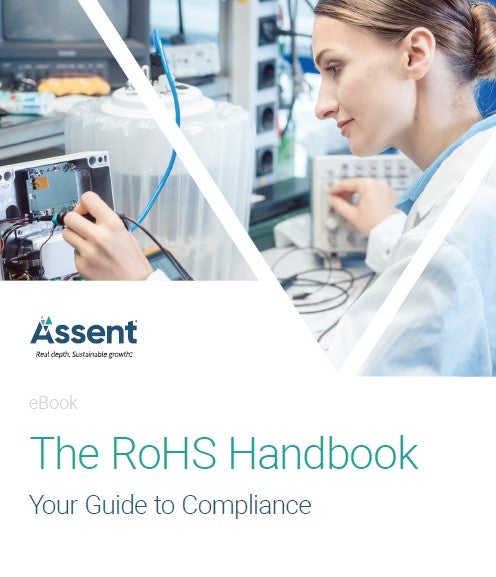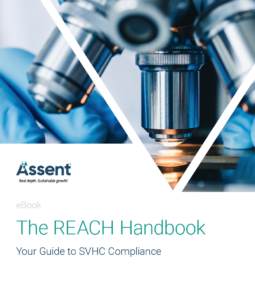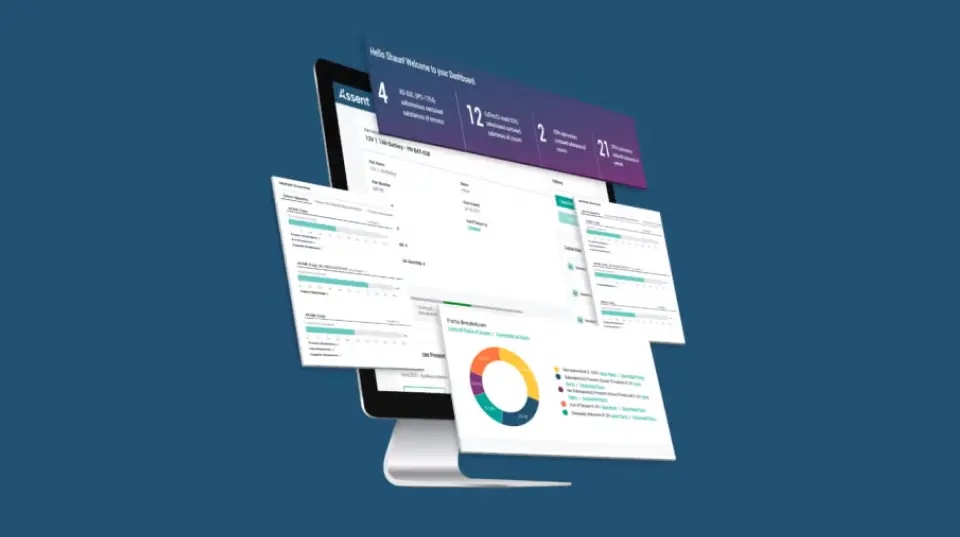The European Union (EU) Registration, Evaluation, Authorisation, and Restriction of Chemicals (REACH) Regulation and the Restriction of Hazardous Substances (RoHS) Directive have many things in common: both are required for market access, are commonly managed by product and/or materials compliance departments, and restrict the use of potentially dangerous substances in all products sold. Both the EU REACH Regulation and EU RoHS Directive aim to reduce and restrict substances that can be deemed harmful to humans and the environment, but there are also many differences between RoHS vs Reach, even though discussions about them often go hand-in-hand.
There is some overlap between the two pieces of legislation. When a substance that is already covered under the RoHS Directive is added to the REACH SVHC Candidate List, enforcement authorities make an effort to ensure there is no conflict between requirements and that controls are consistent. There is a common understanding that RoHS should be given priority to regulate all issues pertaining to the use of substances in Electrical and Electronic Equipment (EEE).
One more thing both REACH and RoHS have in common is the risk associated with non-compliance. Non-compliance with either law can result in reputation damage, loss of market access, recall of goods, loss of revenues, and/or fines. When you’re working to develop a RoHS compliance program, or a REACH one, here are some of the similarities and differences to keep in mind.
This article explains how the two regulations differ, and provides guidance for manufacturers who need to comply with one or both.
REACH vs RoHS Comparison
| REACH | RoHS | |
|---|---|---|
| Scope | A horizontal framework, applicable to all parts and products sold in the EU, with some exemptions, such as radioactive materials. | A vertical sector-specific law that focuses on all electronic and electrical equipment, with a small list of specific exclusions, such as the means of transport and equipment used solely for national security purposes. |
| Substances | Requires written disclosure of all SVHCs (233 substances as of January 2023) in products and packaging. REACH also includes a number of per- and polyfluorinated substances (PFAS). | Restricts the concentration of 10 specific substances in EEE products, including certain:
|
| Evaluation | Evaluated at the article level. | Evaluated at the homogenous material level. |
| Legal | Is a regulation, which is legally-binding across all EU member states. | Is a directive, which means each member state must put it into national law, but it must have the same impact and effect across all territories. |
What Is RoHS Compliance?
The EU RoHS Directive seeks to limit the impact and exposure of specific hazardous substances to consumers and the environment, and reduce occupational exposure when products or equipment are manufactured, recycled, or sent for final disposal. To be EU RoHS compliant, companies must put measures in place like a RoHS compliance solution to control the use of hazardous substances in electrical and electronic equipment (EEE) and provide documentation demonstrating compliance with all aspects of this European Single Market directive.
Accordingly, electrical and electronic products, and all accessories sold with them, cannot be placed on the market if they contain RoHS-restricted substances above maximum concentration limits at the homogeneous level. However, RoHS does include exemptions that allow some restricted substances to be used in certain very technical and specific applications if a suitable substitute is not available on the market or that substitute has a greater environmental impact. The use of any exemption must still be disclosed when making declarations of RoHS compliance.


Proactive RoHS Compliance Insights: The RoHS Handbook
Complying with RoHS requires a deep understanding of your supply chain, and the parts in your electrical and electronic equipment. The RoHS Handbook helps you get proactive about:
- Managing exemptions for restricted substances you rely on
- Demonstrating compliance across the EU
- Protecting your bottom line from product recalls and lost market access
















